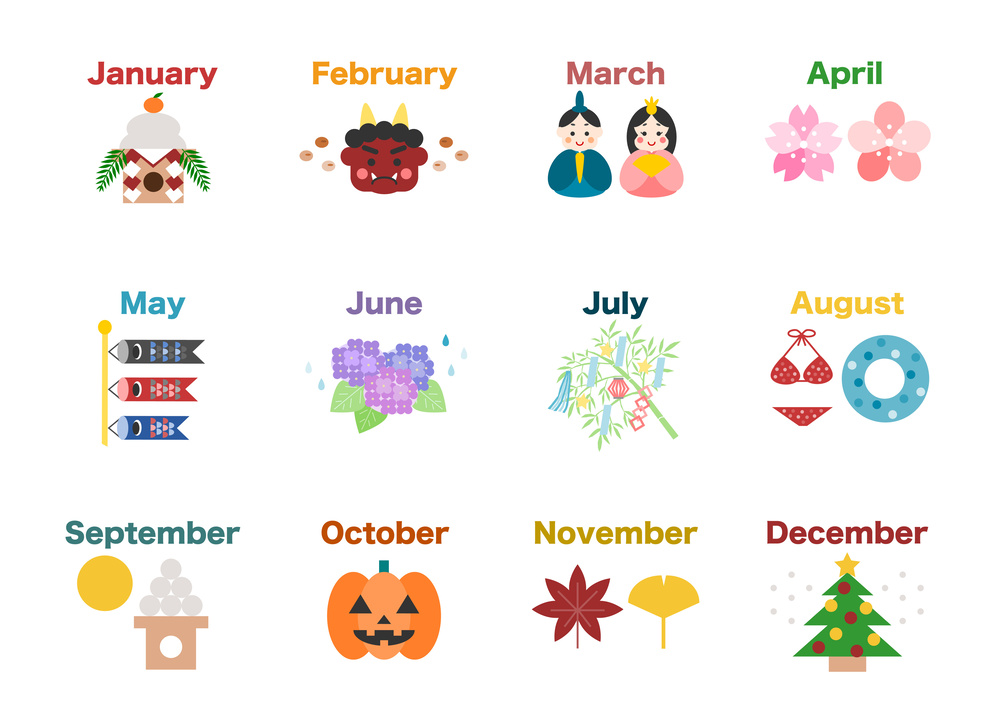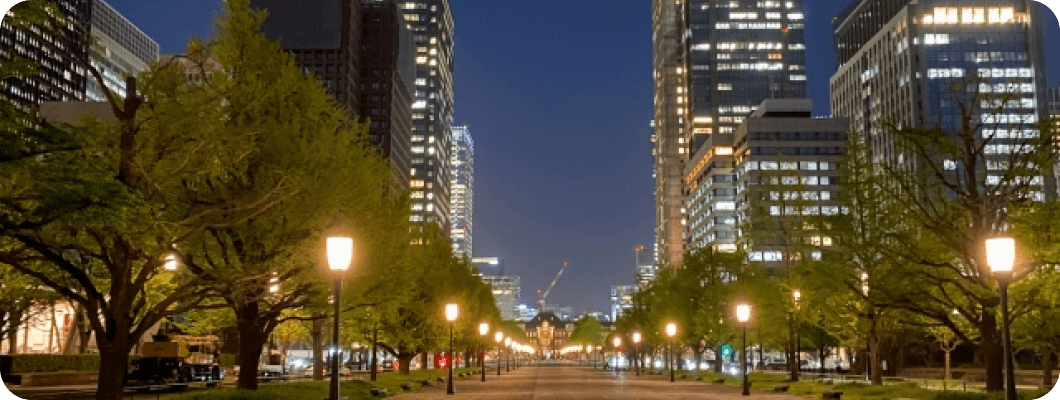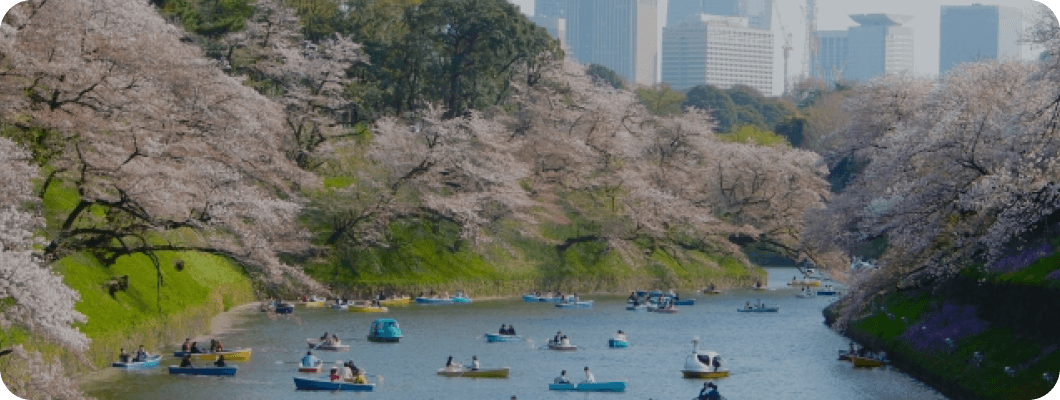
NEWS

Find out about the characteristics and attractions of Japan's four seasons! Differences with other countries are also explained③
BLOG

Hello everyone!
Do you know about the four seasons in Japan?
The four seasons in Japan have their own meaning and are different from those in other countries.
We would like you to get to know the four seasons unique to Japan and introduce them in this article.
Please consider moving or travelling to Japan at the right time of year.
Japan's four seasons - summer
Summer in Japan is from June to August. Many people probably think of bright blue skies, sunflowers and morning glories when they think of summer. While the heat is intense, the appeal of summer is that it offers many events with a uniquely Japanese flavour.
Characteristics of summer
The hottest time of the year. The humidity is high in relation to the temperature, making it feel hot and humid.
Enjoy swimming in the sea and playing in the river.
From June to mid-July, Japan has a rainy season called the rainy season.
It rains continuously and the days are damp and dreary.
The rainy season is over and summer begins in earnest.
Typical flowers
Sunflowers, morning glories.
In Japan, the rainy season, which is often rainy and cloudy, starts in June and lasts until early July. The rainy season is characterised by high humidity and dampness.
Once the rainy season is over, the temperature rises and summer arrives in earnest, with the sun shining more strongly day by day. Summers in Japan are usually hot and humid. The reason for the high humidity is that in summer, Japan is covered by the Pacific High Pressure System, which contains a lot of water vapour.
Note that temperatures vary greatly from region to region, and it is not generally hot everywhere. For example, areas surrounded by mountains, such as Koshigaya City in Saitama Prefecture and Tajimi City in Gifu Prefecture, are particularly hot: the average maximum temperatures in August 2023 were 35°C in Koshigaya City and 35.4°C in Tajimi City. On the other hand, in Nemuro City in the eastern part of Hokkaido, also in Japan, the average maximum temperature in August 2023 was 24.7°C. Summer can be described as a season in which temperatures vary particularly widely from region to region.
Summer attractions
One of the main attractions of summer is the leisure activities in the sea and mountains: with the exception of Okinawa Prefecture, where the temperature is high throughout the year, the summer is the only period in Japan when you can swim comfortably in the sea, so in July, many people flock to the beaches. While swimming, it is also a good idea to enjoy a meal or barbecue at a beach house.
Summer mountains are easier to climb than winter mountains and can be enjoyed by men and women of all ages. Even in the hot summer months, you can feel cooler in the mountains. If you choose a mountain with a stream, waterfall or ravine, you can also play in the water.
Summer events
Summer is full of events that make it possible to overcome the heat in a fun way. For example, at summer festivals and fairs, you can see portable shrines and taste gourmet food from stalls. You can also wear a yukata or jinbei to festivals. Fireworks festivals are also held in many parts of Japan on summer nights. Vivid fireworks floating in the pitch-black night sky are a summer tradition that fully captures the Japanese sense of beauty.
For more information on summer in Japan, see ‘Let's enjoy summer in Japan! Introducing climate characteristics and recommended sightseeing spots’ and ’For those who want to know about summer customs! Food and events’.
It is interesting to know about the four seasons in Japan.
We hope that more foreigners will learn more about what makes Japan unique.
Look forward to seeing you next week!
instagram
realestatejapan
PDF file









